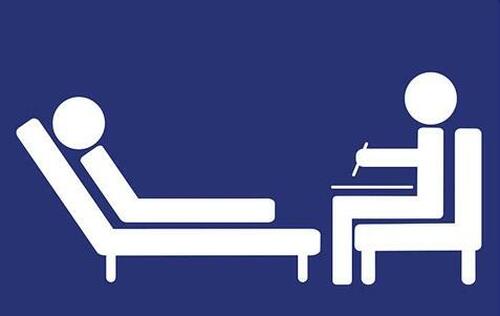Transforming Cctv Cameras Into No$_2$ Sensors At City Scale For Adaptive Policymaking

arXiv:2501.00056v1 Announce Type: cross Abstract: Air pollution in cities, especially NO\textsubscript{2}, is linked to numerous health problems, ranging from mortality to mental health challenges and attention deficits in children. While cities globally have initiated policies to curtail emissions, real-time monitoring remains challenging due to limited environmental sensors and their inconsistent distribution. This gap hinders the creation of adaptive urban policies that respond to the sequence of events and daily activities affecting pollution in cities. Here, we demonstrate how city CCTV cameras can act as a pseudo-NO\textsubscript{2} sensors. Using a predictive graph deep model, we utilised traffic flow from London's cameras in addition to environmental and spatial factors, generating NO\textsubscript{2} predictions from over 133 million frames. Our analysis of London's mobility patterns unveiled critical spatiotemporal connections, showing how specific traffic patterns affect NO\textsubscript{2} levels, sometimes with temporal lags of up to 6 hours. For instance, if trucks only drive at night, their effects on NO\textsubscript{2} levels are most likely to be seen in the morning when people commute. These findings cast doubt on the efficacy of some of the urban policies currently being implemented to reduce pollution. By leveraging existing camera infrastructure and our introduced methods, city planners and policymakers could cost-effectively monitor and mitigate the impact of NO\textsubscript{2} and other pollutants.


